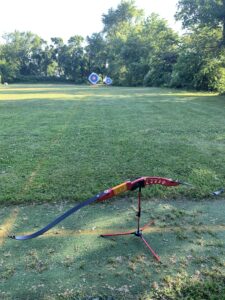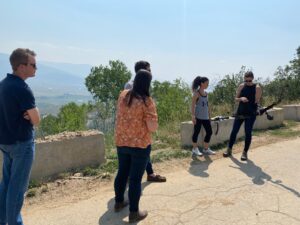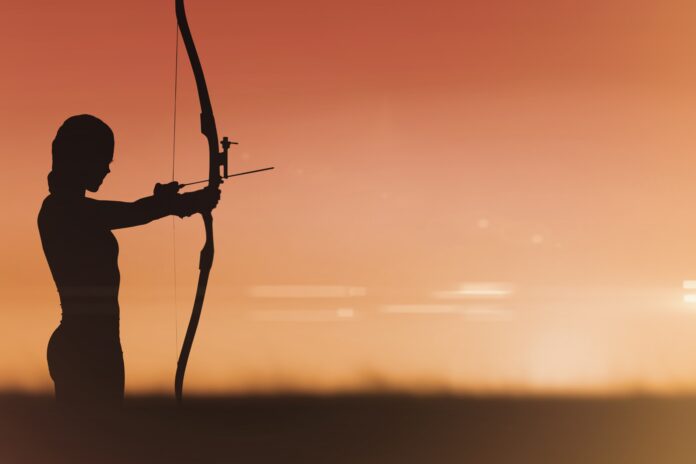Prior to the start of residency, I was told that as a neurosurgical resident, a person could have one, perhaps two hobbies. The demands of training could prevent the growth of a new interest. The truth of that lesson may vary from person to person, but I found that by the end of residency, I picked up a few new pastimes, one of them being archery.
In case the idea of archery piques your interest, I’ll share my thoughts on why archery may appeal to the neurosurgeon and how to explore this sport.
Why Archery for Neurosurgeons?
As neurosurgeons, we measure our errors in millimeters. Archery is a precision sport that reflects a similar intensity for perfection. Whether shooting recurve or compound, small nuances in technique and technology can impact performance profoundly. Additionally, the physics of archery is fascinating; understanding the science aids in adjustment and troubleshooting of the bow or draw.
Similar to other sports, archery requires practice to achieve mastery and involves both physical and mental training. And, if you have a competitive spirit, as many neurosurgeons do, it is easy to test your abilities at competitions that allow archers of all levels to participate. Archery extends year-round: indoor season for the colder months and outdoor season for the warmer months.

A Primer on Archery
Types of Bows
Although there are many types of bows, there are two predominant types: recurve bows and compound bows.
- Recurve bows: These bows are the kind you may relate to the Olympics and are primarily used for target shooting, although they can be used for hunting.
- Compound bows: These bows can generate significant speed and force and can be used for hunting or target shooting. The bow involves a cable and pulley system that increases the force on the arrow and its speed.
Anatomy of the Bow
Some of the basic components of a bow in both recurve and compound include:
- Riser: The riser is the handle of the bow.
- Arrow rest: Where the arrow sits on the riser, above the grip.
- Limbs: These connect to the riser and then to the string.
- Bow string: Attaches to the limbs to assemble the bow and connects to the arrow.
- Nock point: On the string, these indicate where the arrow should attach.
Additional gadgets — stabilizers, weights, plungers, sights and more can be added to your bow but depend on the type of bow and your style of archery.

How to Get Started
First, you may want to consider what kind of bow you’d be interested in trying. Recurve bows are often thought to be easier to learn and cheaper to purchase at the beginner level. Compound bows may require more tinkering to set up initially, but if you have an interest in bowhunting, this may be preferable.
Before investing in your first bow, you will need to know your draw length and draw weight. There are several resources online to help measure your draw length. Determining your current draw weight may require hands-on interaction with a bow to get a sense of your strength.
Next, find your local archery club or shop. They may offer classes to learn the basics and advance your training. They can also assist in assessing your draw length and weight, and they can provide recommendations on your bow selection. Often, your local archery club may have a spare bow to offer newcomers to borrow or rent, as mine did. I started with a beginner class for adults at the neighborhood club and learned how to shoot barebow recurve. Since then, I’ve participated in local competitions and invested in my first bow.
Archery is a sport that can appeal to the nature of neurosurgeons. My chairman and mentor, Fady Charbel, MD, FAANS, has compared neurosurgeons and trainees to the elements of archery, referencing the precision and consistency required to excel, as well as the training necessary for continued improvement. He says, “You must think of yourself as an arrow. Constantly work to sharpen your tip and straighten your feathers. Nevertheless, sometimes you don’t hit your target. That is how life is.”








